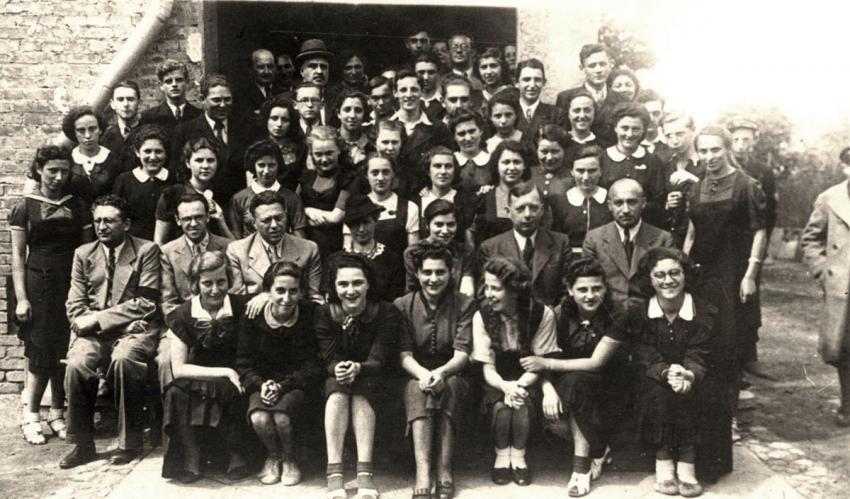Czestochowa, a city in the southwest of Poland, was a center of industry, surrounded by a dense network of roads and railway tracks. In 1939, there were 28,500 Jews living there, approximately one fifth of the city's population. They worked in trade and industry, crafts and banking, and had a range of educational institutions, both religious and secular.
On 3 September 1939, the Germans entered Czestochowa, and by the following day, over 300 Jews were murdered and the confiscation of Jewish property had begun. A Judenrat was appointed on 16 September. In August 1940, 1000 young Jewish men were rounded up and sent to the Ciechanow labor camp. Few of them survived. The Czestochowa ghetto was established on 9 April 1942, and sealed on 23 August. In addition to the local Jews, some 20,000 Jews were brought in from Lodz, Plock, Krakow and various villages, so that ultimately there were approximately 48,000 Jews incarcerated there.
In a series of Aktions from 22 September-8 October 1942, 39,000 Jews were deported to Treblinka. The elderly and the children living in orphanages in the ghetto were murdered in their homes. Some 2000 Jews managed to escape or to hide in the city. Following the deportations, approximately 5000 Jews remained in the "Small Ghetto" and were assigned to forced labor. In January 1945, a typhus epidemic broke out in the German munitions factory where some of them worked. The plant was closed down, and any surviving inmates were deported to an unknown destination. Other ghetto inmates worked in a steel factory, and were deported to the Buchenwald and Ravensbrück camps in January 1945.
In December 1942, the Jewish Fighting Organization (ZOB) established a resistance unit in Czestochowa, with some 300 members, who maintained contact with the organization headquarters in Warsaw. During the Aktion of January 1943, 251 fighters were killed while resisting the Germans. The rest were deported to Treblinka. In retaliation for this act of defiance, the Germans murdered hundreds more Jews, most of them children and old people.
In January 1945, the Red Army liberated Czestochowa. In 1946, some 2,700 Jews remained in the city, many of whom joined the Bericha movement after the Kielce pogrom of 4 July 1946.







